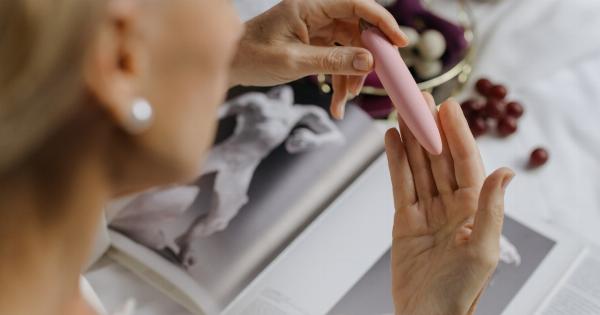Sexual expectations differ between men and women due to various factors including societal norms, cultural upbringing, and biological differences.
These expectations influence how individuals perceive and approach sexual relationships, leading to distinctive dynamics and challenges between the sexes.
The Pursuit of Physical Attraction
When it comes to sexual expectations, men tend to place a greater emphasis on physical appearance. Society often reinforces the idea that men should be attracted to women primarily based on their physical beauty.
This expectation can create pressure for women to meet certain beauty standards, leading to body image issues and low self-esteem.
On the other hand, women often prioritize emotional connection and deep emotional intimacy in addition to physical attraction. They seek a partner who can provide emotional support, understanding, and commitment.
While physical attraction remains important, women may be more inclined to prioritize emotional and psychological compatibility.
Communication and Emotional Intimacy
In terms of communication, women generally expect open and honest dialogue, especially when it comes to expressing emotions and desires.
They value emotional intimacy and want their partners to understand their needs and wants without them having to explicitly state them.
Men, however, tend to have more difficulty in openly discussing emotions and may prefer a more direct and explicit approach when it comes to communication.
They often expect their partners to express their desires and expectations explicitly, rather than assuming or relying on subtle cues.
Sexual Initiation and Expectations
Traditionally, men have been expected to take the lead in sexual initiation. They are often portrayed as the ones with insatiable sexual desires who should initiate sexual activities.
This expectation can put pressure on men to always be ready and available for sex. Failure to live up to this stereotype might lead to feelings of inadequacy or even performance anxiety.
Contrarily, women have been stereotypically portrayed as being more passive in sexual initiation. This expectation can create a sense of diminishing agency for women and give them less control over their own sexual experiences.
However, societal norms are shifting, and there is a growing understanding that women also desire to have agency in initiating and engaging in sexual activities.
Sexual Pleasure and Orgasm
Another aspect of sexual expectations is the focus on sexual pleasure and orgasm. Men are often expected to be highly focused on their own pleasure and reaching orgasm quickly.
This expectation can create pressure to perform and maintain a certain level of sexual prowess.
For women, the expectation is gradually changing to focus more on their pleasure and orgasm. However, historically, women’s pleasure has been overlooked or overshadowed by male satisfaction.
This has led to the persistence of the orgasm gap, where men tend to orgasm more frequently and consistently than women.
Role Expectations and Sexual Behavior
Societal expectations also influence sexual behavior and roles within sexual relationships. Men are typically expected to be assertive, dominant, and sexually confident. They are often encouraged to take charge and lead in sexual encounters.
Women, on the other hand, are often expected to be more submissive, nurturing, and pleasing. They may feel pressured to prioritize their partner’s pleasure over their own, and their own desires and boundaries may be disregarded.
However, it is important to note that these expectations are not universal, and individuals may have different preferences and desires that do not align with societal norms.
Challenges and Misunderstandings
The differences in sexual expectations between men and women can lead to challenges and misunderstandings within relationships. Miscommunication and unmet expectations can create tension and frustration.
Men and women may have different ways of expressing their needs and desires, which can lead to misunderstandings and dissatisfaction.
Women may feel that their partners are not attentive enough to their emotional needs, while men may feel that their partners are not being explicit enough about their desires.
Moreover, societal pressure to conform to gender roles and expectations can limit both men and women in exploring and expressing their sexuality fully.
Breaking free from these stereotypes and developing open and honest communication about sexual expectations is crucial for fostering healthy and satisfying sexual relationships.
The Path to Equality and Fulfillment
In order to bridge the gap in sexual expectations between men and women, it is essential to promote gender equality and challenge traditional stereotypes.
This involves recognizing the importance of consent, communication, and mutual respect within sexual relationships.
Creating a safe and non-judgmental environment where both partners feel comfortable expressing their desires and expectations is vital.
Mutual understanding and respect for each other’s boundaries, needs, and desires can lead to a more fulfilling sexual connection.
Conclusion
Sexual expectations differ between men and women due to societal, cultural, and biological factors. Men tend to prioritize physical appearance, while women often value emotional connection and emotional intimacy.
Communication styles and sexual initiation also vary between the sexes. Breaking free from societal stereotypes and promoting consent, communication, and equality can lead to healthier and more satisfying sexual relationships.






























